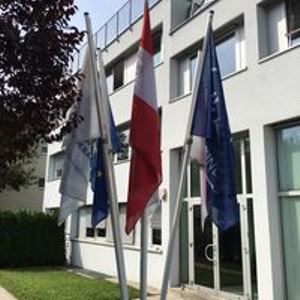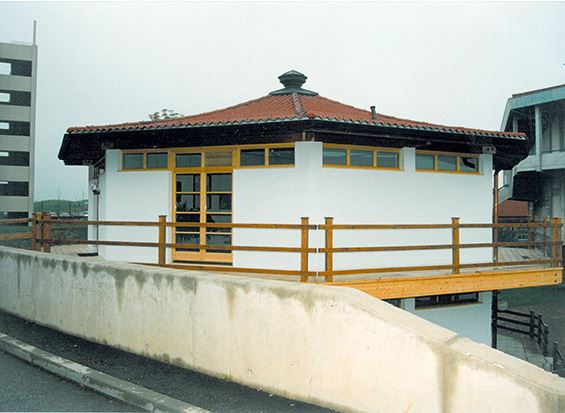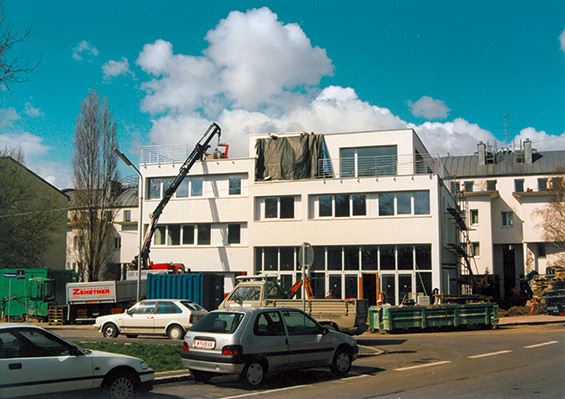

In the heart of Europe lies the ‘Home of Handball‘
In the heart of Europe lies the ‘Home of Handball‘
From its very beginnings the European Handball Federation has been a trendsetter. “We were the first paperless office years before this term became a buzzword,” says Michael Wiederer.
Before he continues, the EHF President puts on a smile: “To be honest, it was only because when we started, there was a desk, a chair and telephone in my office. We didn’t even have paper.”
Following the foundation of the EHF in 1991 and the subsequent decision to locate the federation in Vienna, the first office was a small rented space next to a hotel in the Gutheil-Schoder-Gasse in Vienna’s 10th district.
It opened on 1 September 1992; 25 years ago to date.
Wiederer, then Secretary General and the EHF’s President since November 2016, was one of two employees at the very beginning.
“On my first day I wasn’t in the office,” he remembers. “I drove to Miskolc in Hungary to visit the Women’s Youth European Championship. The first event of its kind the EHF organised.
“This is symbolic for what the EHF does. We are not lost in theory but work as closely as possible with the sport and its stakeholders.”
Photo: Japanase Tea House which became the EHF Office in 1994
Proactively shaping the future
As more people needed to be employed, only a year-and-a-half after the first office had opened, the EHF had outgrown its surroundings and moved to a two-storey Japanese tea house owned by the nearby hotel.
In 1996 it was confirmed by the 3rd Ordinary EHF Congress that the EHF should buy a piece of land and build its own headquarters.
A place was found close by, construction began in 1997 and in May 1998 the EHF Office at Hoffingergasse 18 in Vienna’s 12th district was opened.
“Over the years, the development of the EHF was secured because we proactively approached topics around us instead of waiting that issues would land on our tables,” says Wiederer.
“It is one of our major tasks to safeguard clean and concise communications between all handball stakeholders in Europe and you can’t fulfil this role if you are always legging behind. We have to actively shape and create our future.
“Take for example the upcoming Men’s EHF EURO 2020 with 24 teams. It was the EHF that approached the organisers and presented a concept that it’s economically worthwhile to stage the championship with 24 teams instead of 16,” says Wiederer.
Photo: Building the new EHF Office at Hoffingergasse 18
Continuous growth
Up until today the EHF Office at Hoffingergasse 18 needed to be enlarged twice, and today it is the ‘handball home’ to almost 60 employees of EHF and EHF Marketing from close to 20 different nationalities.
“The EHF has always grown parallel to its activities. The organisation’s comparatively rapid growth is mirrored in the development of its top competitions which are our core business,” says Wiederer.
“These top competitions, such as the EHF Champions League and the EHF EURO, have made huge steps forward. And as we announced at the VELUX EHF FINAL4 in Cologne, we are now marketing the rights for the EHF EURO from 2022 to 2030 and for the EHF Champions League from 2020 to 2030.”
The next years will tell whether this means that the EHF will have to look for a new office again.
“We are pretty close to capacity in the current office, but we will continue our work, of course, as usual,” says Wiederer.
“Depending on the tasks the EHF takes on in the next decade and depending on our financial possibilities, the EHF will explore the market for a new ‘home of handball’.”
Photo: EHF Office Mission Statement








